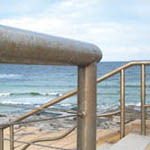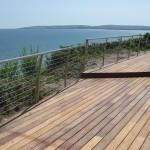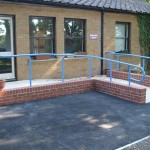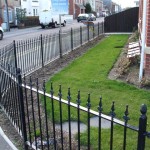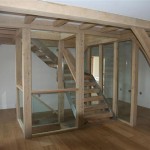This might seem a contradiction in terms but you only have to look at some of the balcony balustrades along the sea front here and you will notice a rusty or brown appearance sometimes known as tea staining,this can either be because they have used a cheaper 304 grade stainless steel for indoor use only or a brushed or satin finish the correct grade and finish of steel is critical 316 for outside coastal use and ideally with a mirror polished finish,
A situation that often comes up (not our jobs) is, “Hey, my stainless steel is rusting! Why? What can I do to fix it?”
Stainless steel is stainless because of the protective chromium oxides on the surface. If those oxides are removed by scouring, or by reaction with bleach, then the iron in the steel is exposed and can be rusted. Stainless steel is also vulnerable to contamination by plain carbon steel, the kind found in tools, food tins, and steel wool. This non-stainless steel tends to rub off on the surface (due to iron-to-iron affinity), and readily rusts. Once rust has breached the chromium oxides, the iron in the stainless steel can also rust. Fixing this condition calls for re-passivation.
Passivating stainless steel is typically accomplished in industry by dipping the part in a bath of nitric acid. Nitric acid dissolves any free iron or other contaminants from the surface, which cleans the metal, and it re-oxidizes the chromium; all in about 20 minutes. But you don’t need a nitric acid bath to passivate. The key is to clean the stainless steel to bare metal. Once the metal is clean, the oxygen in the atmosphere will reform the protective chromium oxides instantly. The steel will be nearly as passivated as if it was dipped in acid. though nitric acid passivation creates a more chromium-rich passive surface,
To passivate stainless steel at home without using a nitric acid bath, you need to clean the surface of all dirt, oils and oxides. The best way to do this is to use an oxalic acid based kitchen cleanser , and a non-metallic green or white scrubby pad. Don’t use steel wool, or any metal pad, even stainless steel, because this will actually promote rust. Scour the surface thoroughly and then rinse and dry it with a towel. Once you have cleaned it to bare metal it will re-passivate itself.

